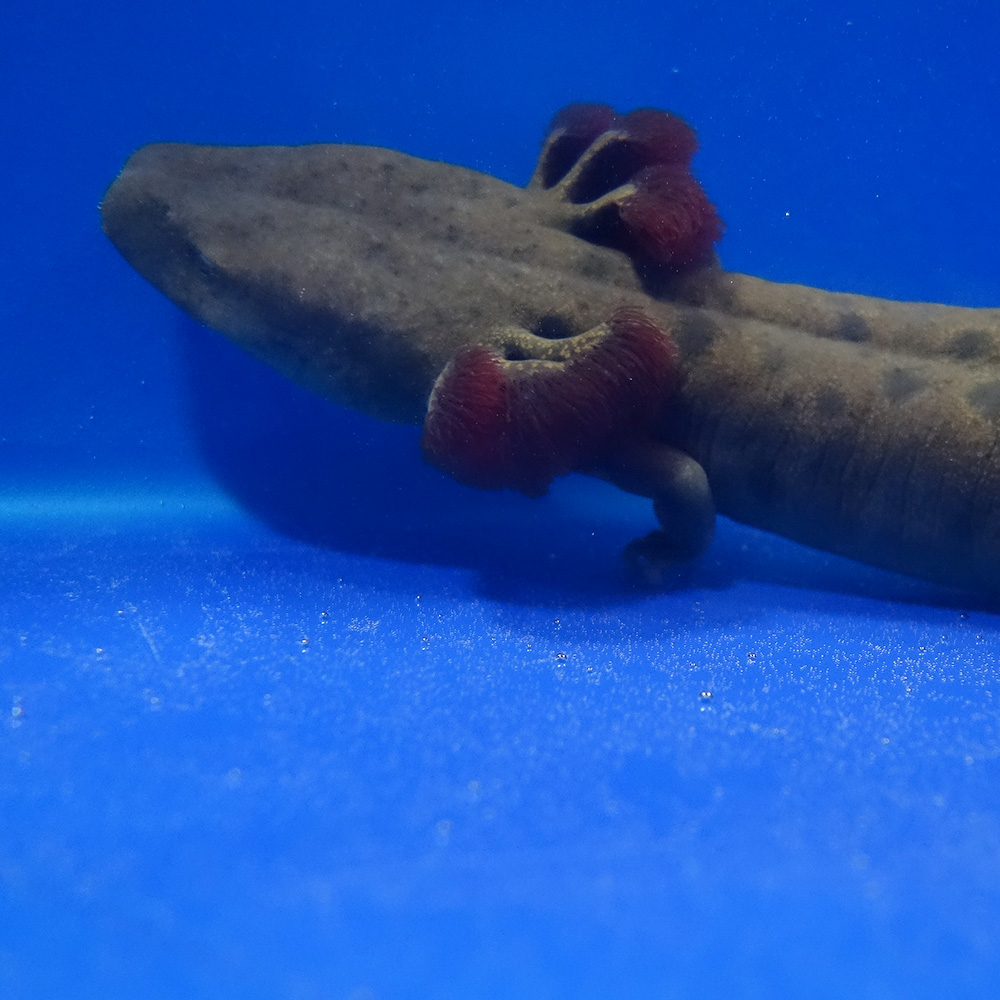Mudpuppy Conservation

The Vermont Fish and Wildlife Department (VTFWD) is relocating Lamoille River mudpuppies from below the Peterson dam to upstream of the Arrowhead Dam. Biologists hope to create a “refugium” where the amphibians are not affected by the stressors they encounter closer to the mouth of the river.
Mudpuppies are amphibians that live on the rocky bottoms of rivers and some lakes. They are one of the largest species of salamanders in Vermont and can grow to more than a foot long. Unlike many salamander species, they retain their gills as adults. This allows them to live completely underwater for their entire lives.
Mudpuppies are found in Vermont only in the Lake Champlain Basin. They inhabit several tributaries of Lake Champlain, but the Vermont Natural Heritage Inventory categorizes them as rare in the state. The Vermont Wildlife Action Plan lists the mudpuppy as a Species of Greatest Conservation.
These sensitive amphibians are bioindicators of water quality. Their gills and permeable skin make them sensitive to pollutants in the water. Additionally, because they are bottom dwellers, sedimentation can be detrimental to mudpuppies, particularly their eggs and young.
VFWD’s goal is to increase the viability of the overall Lamoille River population and provide a source for restoration if the downstream population declines in the future.
VFWD scientists relocated 150 animals in 2022 and 2023. They are tagging the mudpuppies and collecting tissue samples for future identification and population studies. They have radio-tagged and tracked more than a dozen of those that have been moved.
Their movement upstream and downstream and eventual return to the release location give hope for their survival going forward. Biologist will continue to track their movement and survival during the summer and fall of 2023. The transmitter batteries are not expected to last long after that, but the scientists hope to continue the study with additional relocation and tracking in the future.